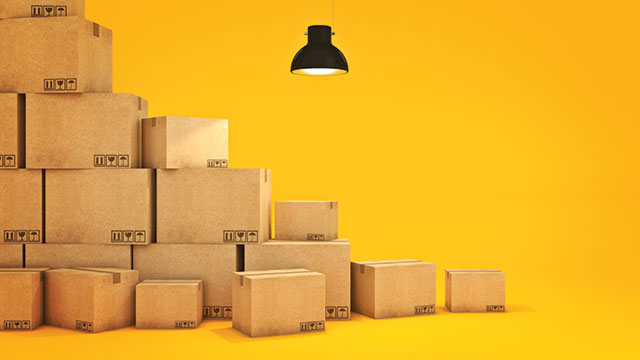Considerations for Transporting Used Lab Equipment
Plan ahead to ensure instruments arrive safely

Whether acquiring a refurbished instrument, selling one no longer in use, or transporting instruments during a laboratory move, it is important to ensure they arrive in good working order. Unfortunately, it’s not as simple as grabbing a few cardboard boxes and loading up a vehicle. Used lab equipment must be transported safely and with great care to ensure optimal functioning when it arrives at a new facility. A little planning and communication with a transport service can help ensure a safe, successful move.
Properly packing equipment is the simplest way to prevent damage. Fragile and sensitive instruments require wrapping and containers to protect them from movement or vibration during transportation. Depending on the equipment, different packing materials can be used. “Foam-in-place packaging, which is a uniquely formulated liquid that is set into the box or crate [and] expands around the wrapped items for a custom encasement, is often used,” explains Todd Partridge, vice president of operations at The MoveIt® Companies (Breda, IA), a logistics firm that specializes in moving sensitive equipment.
Related Article: Tips for a Successful Laboratory Clean-Out and Relocation
In addition to being highly sensitive, some equipment can be large and heavy. Lab fridges, freezers, and imaging instruments such as MRI machines require special care and tools designed to lift them. Many service providers have the knowledge and equipment required to move large instruments and offer loading and unloading services for large items that cannot be moved to and from the loading dock by laboratory personnel.
It is also important to consider the type of vehicle used for transport, as many instruments cannot withstand the vibration or jostling that can occur en route. For large instruments, air-ride trucks help ensure a smooth ride and blanket or pad wrap cushioning also offers added protection. “Items are carefully wrapped with heavy moving blankets and then strapped securely into the air-ride truck for safe transit,” says Partridge.
With international transport, it is important to ensure the vendor and shipping company have the appropriate documentation. “Each shipment requires a commercial invoice, which we can help prepare,” says Partridge, and “different countries have other paperwork requirements or declaration requirements that we also assist with.” Working with a transport service for cross-border shipments can prevent errors and expedite the process.
When shipping an item without the assistance of a transport service, it is important to take great care packing the instrument. Numerous shipping companies offer insurance, which may seem like a good option for sensitive instruments, but Steven Scher of EquipX Inc. (San Jose, CA), a supplier of refurbished laboratory equipment, cautions against relying on insurance. Filing a claim for a damaged item is time-consuming, and shipping companies are often hesitant to pay compensation for damaged goods. “Don’t count on insurance. Your best insurance is a good packing job,” he says.
Transporting used lab equipment requires care and planning to ensure fragile and sensitive components aren’t damaged. Taking time to carefully pack instruments is essential, and transport services have the expertise to ensure instruments arrive safely.


